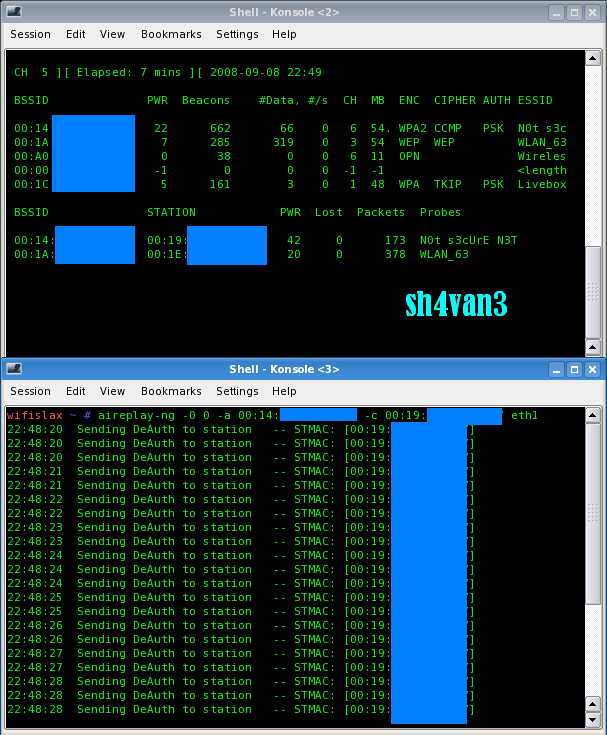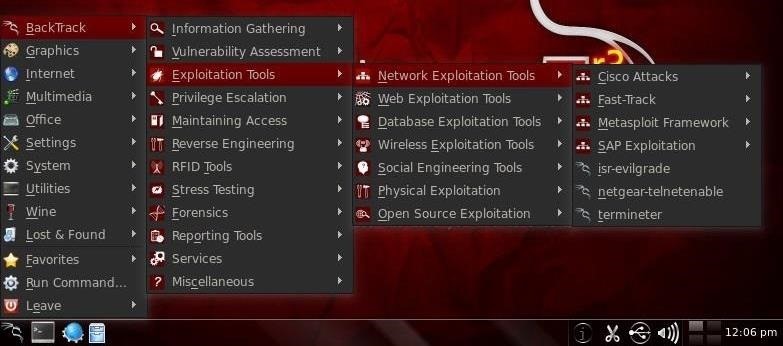Backtrack Wifi Hack Tutorial Pdf
BackTrack 5 Guide II: Exploitation tools and frameworks Karthik R. Pnach Files For Pcsx2 Download Emulator more. Head to the third part of this BackTrack 5 tutorial to learn more about exploitation.
Welcome back, my fledgling hackers! In one of my recent articles, I showed you how to on a Windows computer. In this tutorial, I will walk you through BackTrack, giving you a tour of the most salient features for the hacker-to-be. NOTE: BackTrack Is No Longer Supported; Switch to Kali Linux BackTrack is no longer supported by the developers, so we have stopped using it as our primary hacking system here on.


Instead, please check out, which is what we now use for most hacks in Null Byte. Pes 2011 For Samsung Galaxy Ace Free Download. Of course, you can still read on below if you'd like to get a little information about what BackTrack was and how it worked.
• Akonaditray (a personal information manager) • Klipper (a clipboard tool) • KWrite (text editor similar to notepad), • Terminator (a way of managing multiple terminals) • WBarConf (a tool for managing your KDE bars) Step 3: The System Menu The next menu we'll look at is titled 'System,' which contains applications that are crucial to the hacker. When we hover over System we see Airoscript-ng and Airoscript-ng GTK. These are scripts for using Aircrack-ng to hack wireless. I'll do a tutorial on those in the near future, so stay tuned. We also see • Dolphin (a file manager similar to Windows Explorer) • EtherApe (a graphical network model) • Htop (a process viewer) • KinfoCenter (an information center about your computer, i.e. CPU, memory, DMA, etc) Below KinfoCenter we find probably the most important utility in any Linux system: • Konsole (a terminal) Any true hacker MUST become familiar with the terminal.
For the remaining tools, we have: • KpackageKit (download packages) • KRandRTray (resizing windows) • System Monitor (self-explanatory) Step 4: The Internet Menu Now we're going to jump up to the 'Internet' menu and we can see EtherApe appears here again (it was also under 'System'). These tools are too numerous to list here, but as you can see BackTrack classifies them into the following: • 'Information Gathering' • 'Vulnerability Assessment' • 'Exploitation tools' • 'Privilege Escalation' • 'Mainataining Access' • 'Reverse Engineering' • 'RFID Tools' • 'Stress Testing' • 'Forensics' • 'Reporting Tools' • 'Services' • 'Miscellaneous' Over the next several tutorials, we'll examine each of these set of tools. Step 6: Exploitation Tools If we hover over 'Exploitation Tools,' those of you who have following my earlier tutorials will see some familiar territory. Exploitation Tools opens a sub-menu of numerous types of Exploitation Tools and if we hover over 'Network Exploitation' we will see my favorite tool, 'Metasploit Framework.'